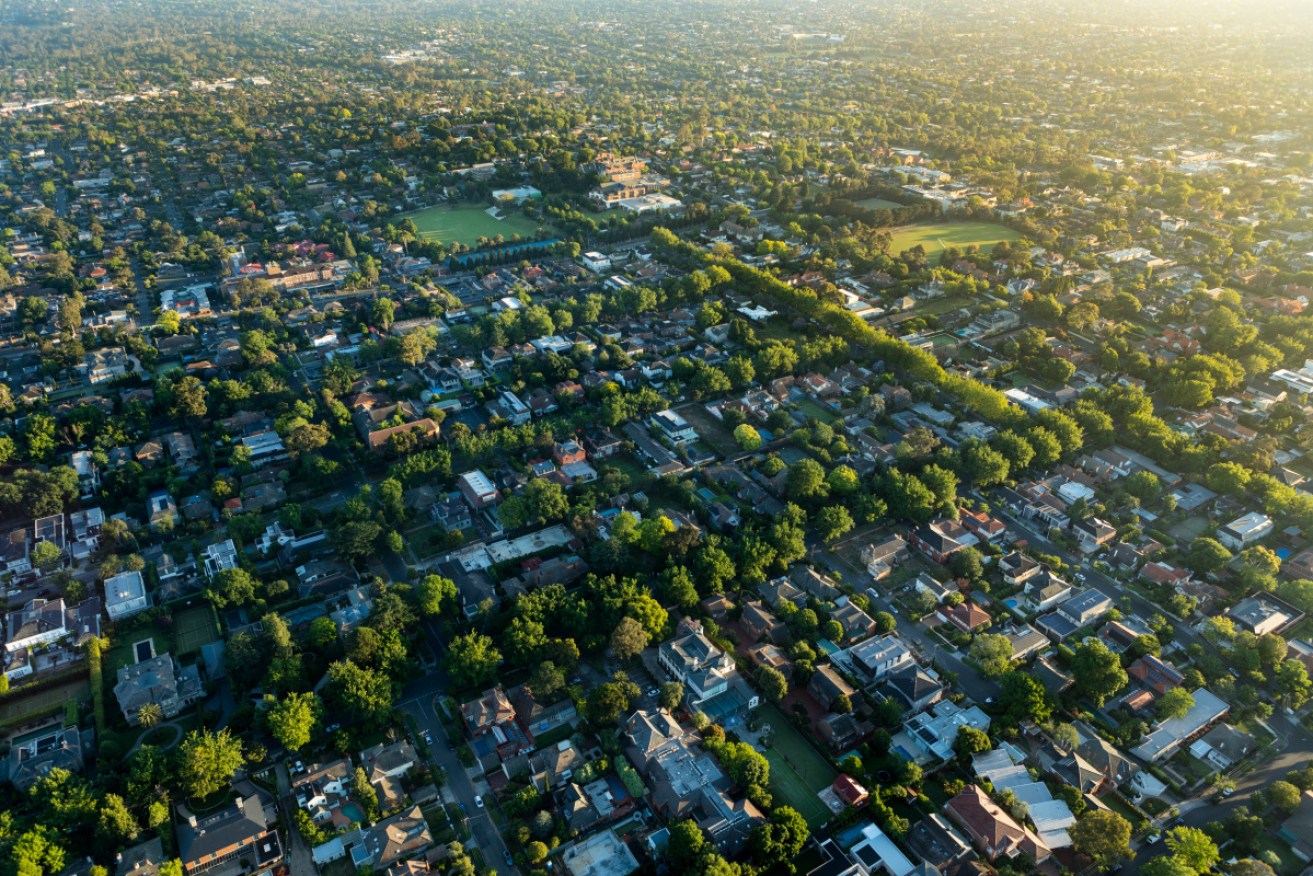Rent increases loom as supply set to fall behind population growth


A slowdown in construction could spell bad news for affordability. Photo: Getty
Rents and property prices for apartments are set to rise in 2020, despite the industry being plagued by quality issues and oversupply, experienced analysts have claimed.
Consumer confidence in high-rise apartments has been rocked by a series of high-profile evacuations, widespread use of dangerous combustible cladding and concerns over building defects.
But Scott Keck, chairman of property consultants Charter Keck Cramer, said Australia’s steady influx of migrants would shore up demand for apartments despite these concerns.
The bigger problem for Australia, he said, was that supply would fail to meet demand over the next few years, causing rents and prices to rise as a result.
“In Melbourne, current population growth requires about 50,000 new dwellings a year, and we know from meaningful inquiry and research that of those 50,000, about 14,000 or 15,000 will likely be in the form of apartments,” Mr Keck told The New Daily.
“Over the last three or four years, apartments have been available for purchase at about that rate … but if you stepped into the market today, it’s highly likely that you’d find the availability of apartments is well less than 15,000.
“And that pipeline of apartments for sale is probably going to be quite a bit less than what we need for several years.
“So we’re very quickly finding ourselves going from concerns of oversupply to concerns of undersupply.”
The Grattan Institute’s Brendan Coates is also concerned that the current slowdown in construction will lead to an increase in rents and prices some time next year – and erode recent inroads made into affordability.
“We have finally, for the first time in 15 years, had dwelling construction in Sydney run ahead of population growth and, unsurprisingly, that’s led to lower rents,” Mr Coates told The New Daily.
“But the population is still growing quite rapidly … and so unless we build enough housing, then housing will become more expensive.
“It’s pretty straightforward.”
Low-income earners would be the worst affected by the declining affordability, as those already living in the cheapest apartments would be unable to move into something less expensive when rents rise, Mr Coates added.
And Urban Taskforce Australia CEO Chris Johnson said the slow and inefficient planning system in NSW provided developers with yet another reason to put off seeking approvals for projects until the market had improved.
“There will be undersupply – probably in 18 months’ time,” Mr Johnson told The New Daily.
The warnings of undersupply come after two consecutive months of price increases in Sydney and Melbourne.
Analysts interpreted that as evidence of a market stabilisation, but claimed tight lending conditions would prevent prices from soaring any time soon, with the RBA and APRA poised to intervene should prices rebound too dramatically.
“I think if they saw a rapid recovery in the market, and they saw debt levels starting to rise again, they’d look at introducing macro-prudential policies to slow down that recovery,” CoreLogic senior research analyst Cameron Kusher told The New Daily after data confirmed two months of price increases.
“And we’ve seen over the past couple of years that those policies can be very effective.”










